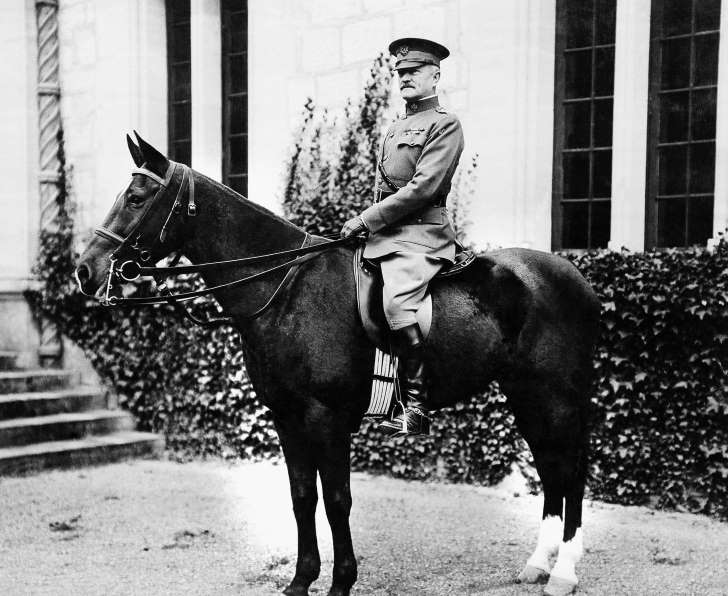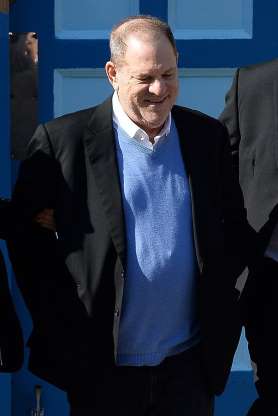Within hours of the rampage in Barcelona on Thursday, President Trump urged those who seek to combat terrorism to “study what General Pershing of the United States did to terrorists when caught.”
“There was no more Radical Islamic Terror for 35 years!” he added in his Twitter post.
Sign Up For the Morning Briefing Newsletter
The White House did not respond to a request to clarify what should be studied. However, Mr. Trump has previously referred to a long-debunked fable about how Gen. John J. “Black Jack” Pershing crushed a rebellion in the predominantly Muslim Moro Province of the Philippines after the Spanish-American War.
During a February 2016 campaign stop in South Carolina, Mr. Trump claimed that Pershing captured “50 terrorists” and shot all but one with bullets smeared in pig’s blood.
The survivor was ordered to spread the tale of the episode, Mr. Trump said, “And for 25 years, there wasn’t a problem.” (Mr. Trump’s tweet on Thursday added 10 years to this alleged peace.)
Various versions of this myth began circulating around the time of the Sept. 11, 2001, attacks, often in email chains and on discussion boards online. In one version, Pershing also buried the rebels with “hog guts dumped atop the bodies.” And in another, in a column published in National Review in December 2002, a few months before the invasion of Iraq, the act was attributed to unnamed troops under Pershing’s command.
“This is a repeated myth that has no basis in truth,” said James R. Arnold, the author of “Moro War: How America Battled a Muslim Insurgency in the Philippine Jungle, 1902-1913.”
Mr. Arnold’s view was echoed by eight other historians who were interviewed by PolitiFact when Mr. Trump made his original claim. (It earned him the website’s lowest rating, “Pants on Fire.”)
Further dispelling this event and the suggestion that it was highly effective and ushered in an enduring peace is its dubious timeline. Most versions of the tale say the episode occurred around 1911, but the Moro Rebellion officially lasted another two years. After 1913, Americans back home lost interest and United States troops withdrew.
Studying Pershing’s historically documented actions during the Moro Rebellion — generally “a carrots and stick” approach, Mr. Arnold said — confers no silver bullets on how to approach terrorism.
Pershing “understood the imperative of having American forces involved at the grass-roots level,” wrote Col. Robert M. Cassidy of the Army, a professor of strategy and policy at the U.S. Naval War College. But Pershing could also be brutal, killing women and children in one large battle, for instance.
To the extent that the Americans “won” over the rebels, Mr. Arnold attributes that to an outsize battle: The Moros had no outside support, were insulated on an island and were outgunned.
The rebellion is nevertheless relevant, Mr. Arnold said, in that “it was our first war against an Islamic insurgency” and the first that employed what is now called “nation-building” — which Mr. Trump has pledged to end.






